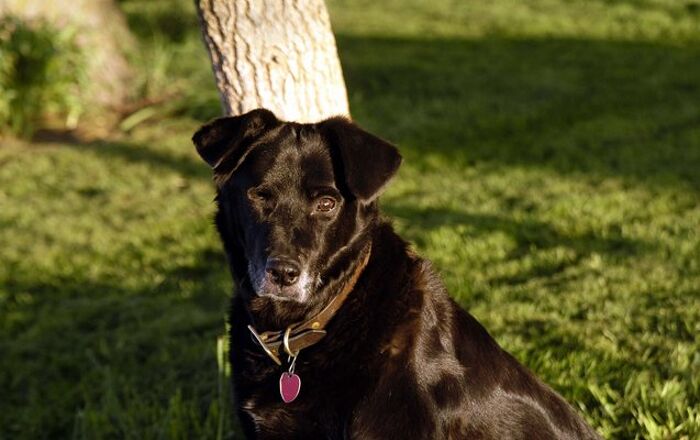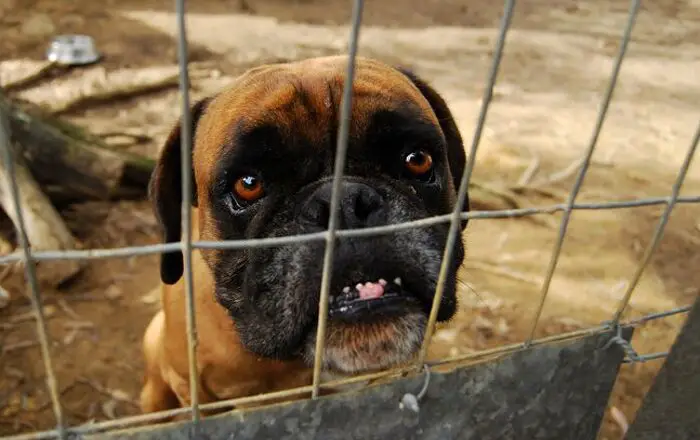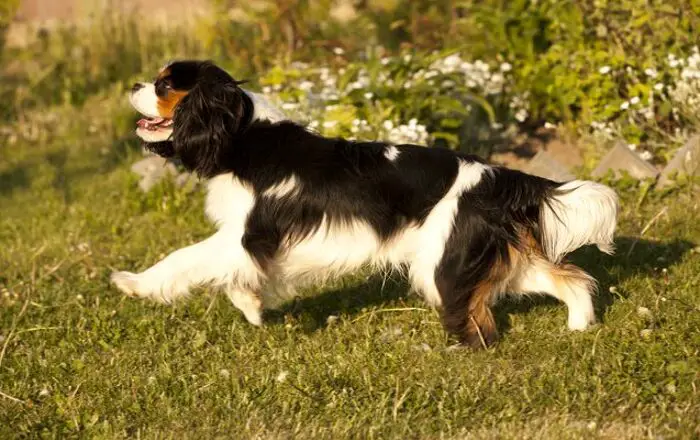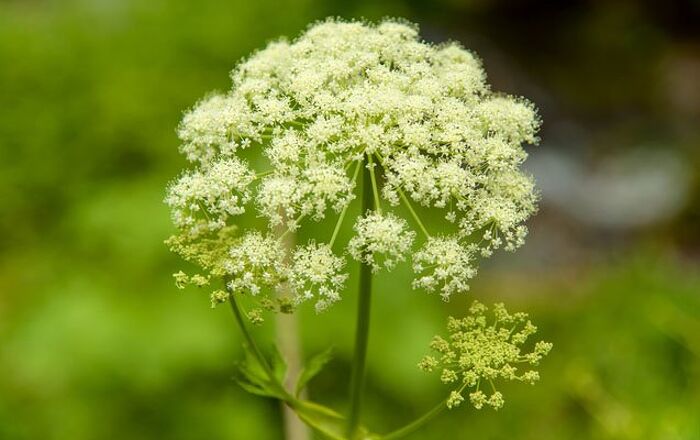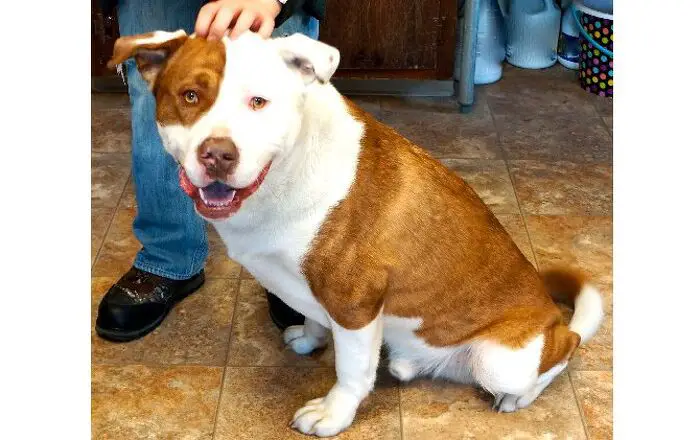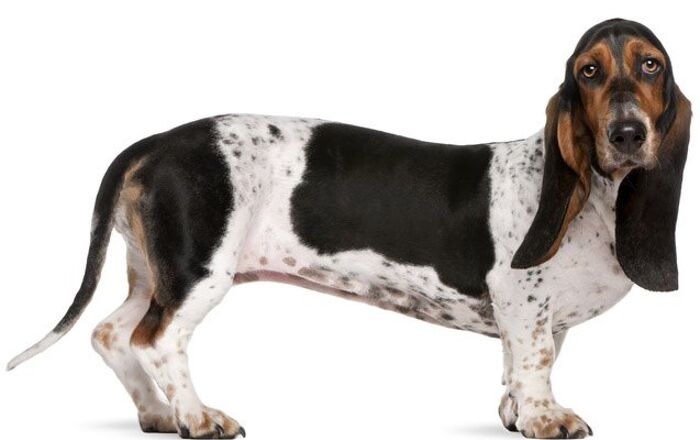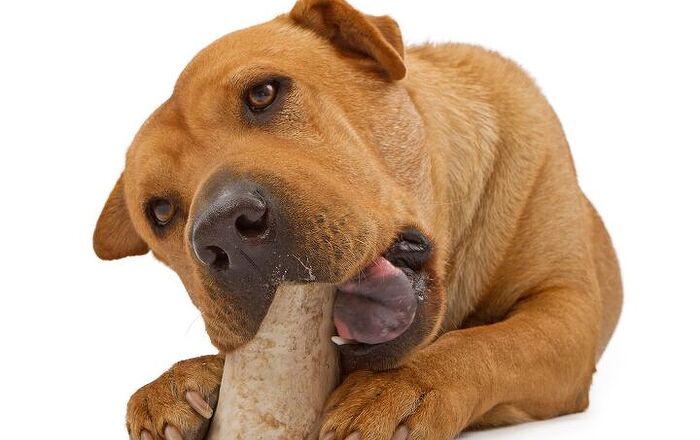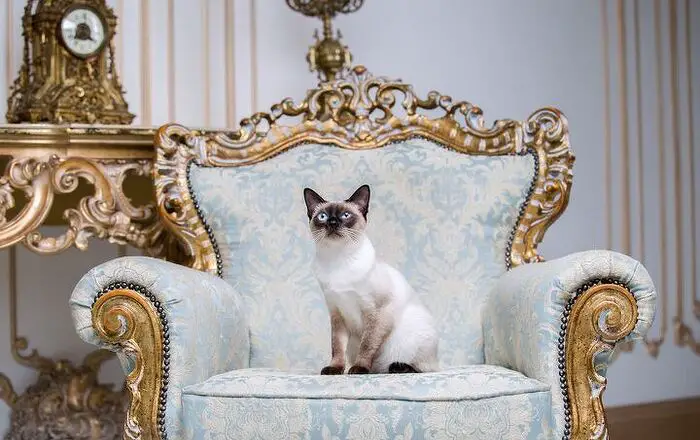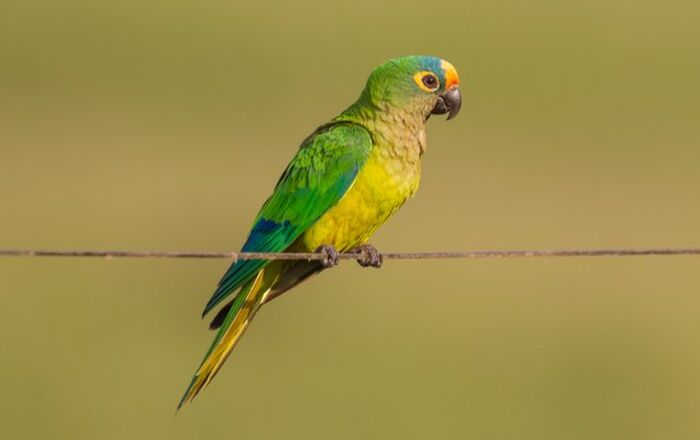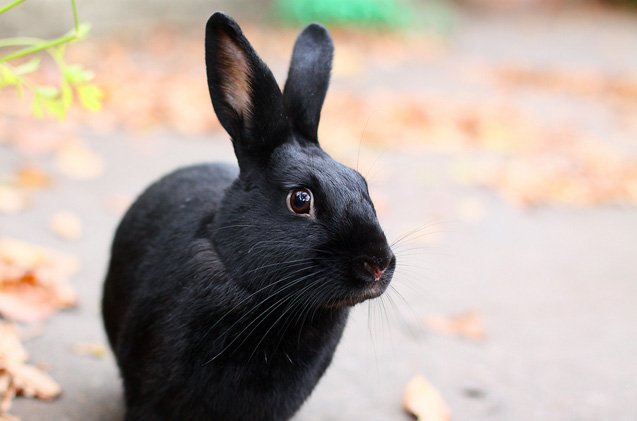
Havana Rabbit Breed History/Origin
Contrary to their name, the Havana rabbit did not originate in Cuba. The Havana rabbit actually got its start in Holland when a rich brown rabbit was born in the litter of a Dutch doe in the late 1800’s. The rabbit’s gorgeous deep coloration inspired breeders to develop it into a new breed. The name “Havana” rabbit is because it resembles the chocolate color from Cuban cigars from the city of Havana.
In 1916, the Havana rabbit was brought to the United States and shortly after, was accepted into the American Rabbit Breeder’s Association (ARBA). The blue Havana rabbit was recognized by the ARBA in 1965 and the black Havana rabbit in 1980. Most recently, color specifications for the broken-colored Havana Rabbit line was made in 2008.
The Havana Rabbit earned its name because its chocolate fur is the same color as Cuban cigars.
Overall Description
The Havana rabbit is a compact breed that should not exceed 6.5 lbs. They have short, rounded bodies. The top line should form a half-circle that rises over the hips before or down to the tail. They have short, straight legs with dark-colored toenails, short ears which are relatively close together, medium-sized eyes and a short head with full cheeks.
Coat
This breed of rabbit has short, soft, flyback fur that does not much need maintenance to keep in tip-top condition. To keep their shedding to a minimum, indoor rabbits can be groomed once a week with a slick brush and when shedding time comes around (around Spring), increasing their brushings to twice a week.
Colors
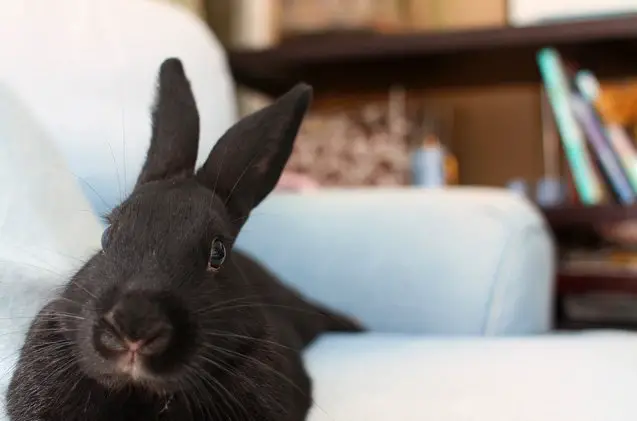
The Havana rabbit is recognized in four color types by the ARBA: chocolate, blue, black, and broken, which is best described as a mix of colors that looks like a Dalmatian.
The Havana rabbit comes in 4 colors: chocolate, blue, black, and broken.
Care Requirements
Like any other breed of rabbit, Havana bunnies require a diet consisting of at least 70 percent hay. The rest of their diet is made up a healthy balance of pellets, leafy greens, fruits and vegetables. Be aware of what kind of leafy greens you feed your rabbit, as some of them (like iceberg lettuce) contain no great amount of vitamins or nutrients and contain landanum, which can be harmful in large quantities. Also be careful of what kind of vegetables you decide to feed your rabbit, as some of them are harmful (such as beans, cabbage, potatoes, etc), and some fruits contain too much sugar.
Havana rabbits do well whether they are indoors or outdoors, provided they are given plenty of time out of their enclosures to stretch their legs and catch some much-needed sunshine. Outdoor enclosures should be made of wood or wire and need to be raised off the ground in order to provide protection from wildlife. Indoor rabbit enclosures should be made of wire and have bedding that should be spot-cleaned every day for cleanliness and completely changed out at the end of every week.
Health
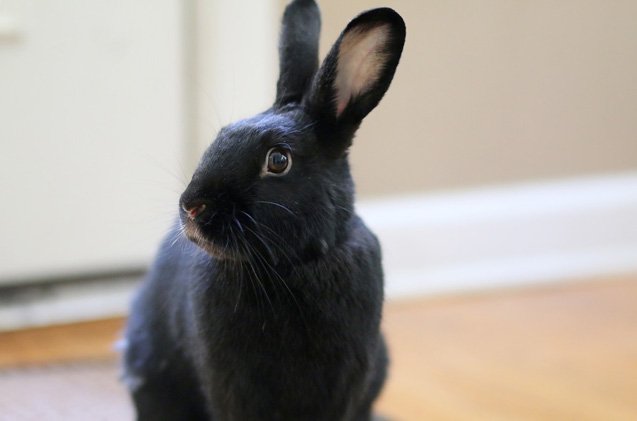
The Havana rabbit is not known to be susceptible to any particular health issues, but like any other rabbit, measures must be taken in order to raise a healthy, happy rabbit. Remember to check their mouths once every week or two for ingrown teeth, which can grow into their jaw and faces and cause a lot of pain. The best way to prevent overgrown teeth is to have a proper diet with 70 percent hay, as the hay will naturally file down their teeth.
Should you rabbit live outdoors, be aware that they will be more susceptible to flystrike. Flystrike is an extremely painful condition in which flies lay their eggs in a rabbit’s fur near dirty areas. When the eggs hatch, they begin sustaining themselves by way of eating your rabbit from the inside out. In order to avoid flystrike, always check your rabbit for dirt or feces stuck on their coat. Always make sure your rabbit’s enclosure and coat is clean and that your rabbit’s eating habits remain constant.
Should you decide to spay or neuter your rabbit, some owners notice that their rabbit tends to be less aggressive. However the Havana rabbit is not known to be hostile, so neutering them may do nothing to their personality. Does can be spayed once they are 4-6 months old while bucks can be neutered as young as 3 and a half months old.
Havana rabbits are great show and pet bunnies who enjoy being free to roam indoors.
Temperament/Behavior
Rabbits are sweet creatures who easily bond with their human family so long as they are given time and space to properly socialize on their own terms. Havana rabbits are great show and pet bunnies who enjoy being free to roam indoors, or outdoors in a fenced yard. While not the most energetic rabbit breed by any means, these medium-sized rabbits are perfectly capable of running around indoors or out and letting out a little mid-air hop. Should you decide to engage in some one-on-one playtime, you may find that your particular rabbit enjoys some ear or head scratches and some gentle back petting. Because of its medium size, the Havana rabbit makes a great pet for families with children of any age. Because it isn’t too high energy, it makes an attractive pet for seniors looking for a fuzzy companion in their lives.
Some rabbits need to be entertained with many toys (whether it is a store-bought one or something as simple as a toilet paper roll is entirely up to you), others don’t need much to keep them happy. It all depends on your particular rabbit’s personality, which each pet parent needs to discover with lots of playtime outside of their enclosures.
When it comes to potty-training your rabbit, you may find it is significantly more difficult than training another pet such as a cat or dog. While more challenging, it is definitely not impossible to litter-train rabbits but they do require much more patience and time than other animals. Many pet parents have found that placing several litter boxes around the house works best, as your rabbit won’t have to travel to the other side of your house to do the deed and risk not making it.
Photo credit: Helen Liu/Flickr

